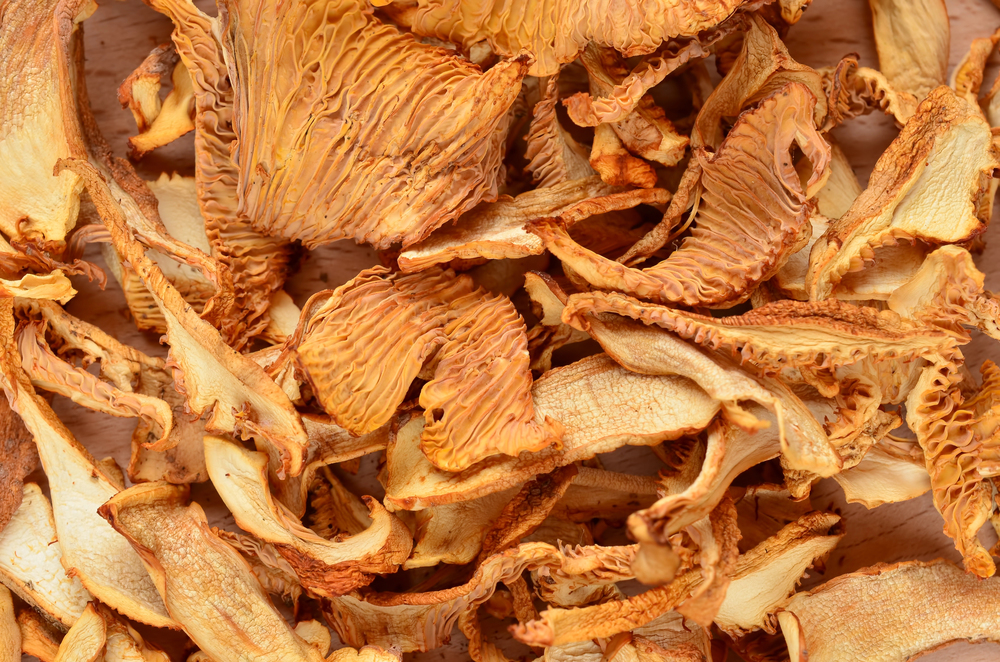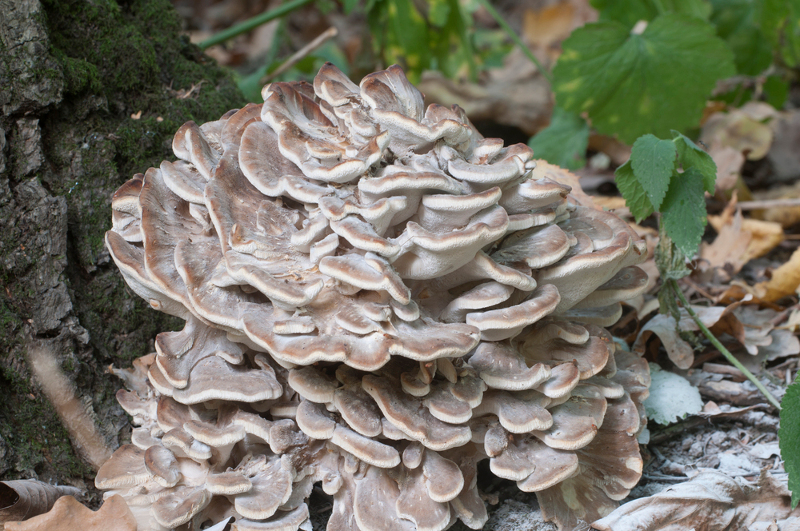If you’ve ever wandered through the woods in search of the elusive Morel mushroom in the spring, you know the thrill of the hunt. But have you considered the unique experiences that come with hunting different types of mushrooms throughout the year?
From the delicate Chanterelles of fall to the prized Truffles of winter, each season offers its own treasure hunt. Exploring the varied landscapes and ecosystems that host these culinary delights can open up a world of discovery and adventure.
Which mushroom hunting season intrigues you the most?
Spring Morel Mushroom Hunting
Interested in Spring Morel Mushroom Hunting? Prepare to head into the woods in early spring to search for these prized fungi. Morel mushrooms, known for their distinctive honeycomb appearance, are a favorite among foragers. Remember to follow foraging etiquette: only pick what you can use, avoid disturbing the habitat, and respect private property.
Proper identification is key to avoid picking toxic look-alikes. Morels have cone-shaped caps with hollow stems, while false morels have irregularly lobed caps and are unsafe to eat. Once you’ve collected morels, there are many delicious recipes to try. From simple sautéed morels to creamy morel risottos, these mushrooms impart a unique earthy flavor to dishes.
Before cooking morels, be sure to clean them thoroughly to remove any debris or bugs hiding in the crevices. It’s recommended to cook morels before consumption, as some individuals may experience stomach issues when eating them raw. Sauteing morels in butter with garlic and herbs is a popular way to savor their rich flavor.
Fall Chanterelle Mushroom Hunting
When hunting for Fall Chanterelle mushrooms, remember to explore forests in the autumn season. Fall Chanterelles are prized for their golden color and peppery flavor. Follow these tips for a successful foraging experience:
- Search in damp areas near streams or after rainfall.
- Look near oak, beech, and pine trees for these mushrooms.
- Inspect leaf litter on the forest floor where they may be hiding.
- Carry a mesh bag to collect Fall Chanterelles and disperse spores as you move.
Summer Porcini Mushroom Hunting
When hunting for summer porcini mushrooms, it’s important to find the right locations with suitable conditions for a successful harvest. Knowing the ideal hunting conditions and proper harvesting and storage techniques are key for a rewarding experience.
Summer porcini mushrooms can enhance your foraging adventures if you know where to look and how to handle them.
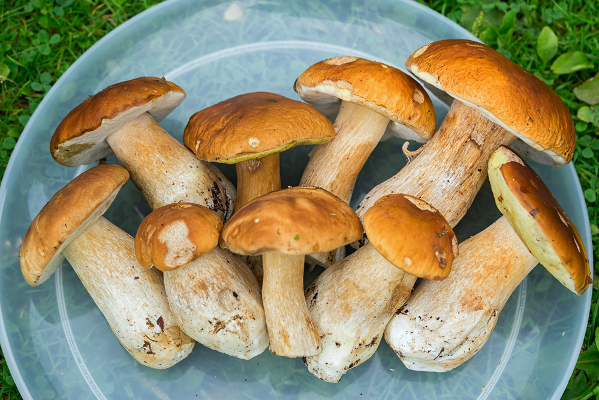
Best Locations to Find
For great summer porcini mushroom hunting, head to the lush forests of the Pacific Northwest. Porcini mushrooms are easy to identify with their large cap, thick stem, and reddish-brown color.
Explore areas with both coniferous and hardwood trees for the best chances of finding them. Look for well-drained soil and check near roots or in leaf litter. Bring a sharp knife and a basket for collecting.
Enjoy hunting in the bountiful Pacific Northwest!
Ideal Hunting Conditions
To increase your chances of success in summer porcini mushroom hunting, focus on early mornings or late afternoons when the weather is cooler and mushrooms are actively growing.
Monitor the weather forecast for ideal conditions and target areas with a good balance of sunlight and shade to maintain proper soil moisture levels.
Porcini mushrooms thrive in damp environments, especially in mixed forests near trees. By adapting your hunting approach to these factors, you can enhance your summer porcini mushroom hunting experience.
Harvesting and Storage
During summer porcini mushroom hunting, it’s important to handle harvesting and storage carefully to maintain the quality of your finds.
Remember to cut the mushrooms instead of pulling them out for regrowth.
To make your harvest last, consider drying methods such as using a dehydrator or hanging them in a well-ventilated area.
Properly dried porcini mushrooms can be stored in airtight containers for long-term use.
Practice sustainable foraging by not over-harvesting and leaving some mushrooms to spore and propagate.
Winter Truffle Mushroom Hunting
During Winter Truffle Mushroom Hunting, you’ll learn essential techniques for successful truffle hunting in the cold season.
Discover the art of finding these elusive fungi and explore unique methods to locate and unearth winter truffles, improving your mushroom hunting skills for the winter months.
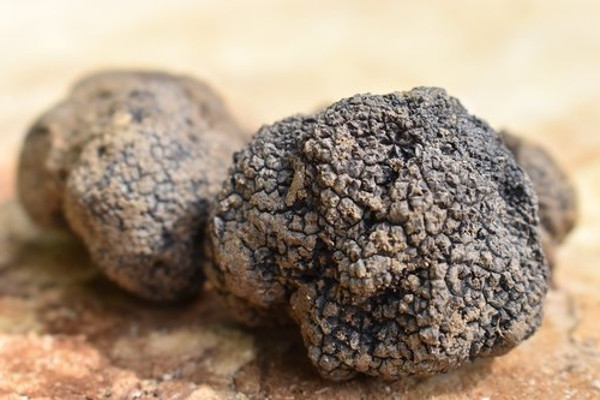
Truffle Hunting Techniques
During winter truffle mushroom hunting, finding these prized fungi requires specialized techniques and sharp observation skills. Truffle scenting dogs are vital in this hunt, using their exceptional sense of smell to locate the hidden treasures underground.
To increase your chances of success, explore areas with specific trees like oaks, hazelnuts, and beeches where truffles are more likely to be found. Trust the instincts of the truffle scenting dogs and be patient and attentive during the hunt, as it’s as much about the experience as it’s about finding these elusive delicacies.
Finding Winter Truffles
Increase your chances of finding winter truffles by focusing on areas near oak, hazelnut, and beech trees from December to February.
Truffle dog training can help locate these hidden gems underground.
Once harvested, explore truffle recipes to add luxury to dishes like risottos and pasta during the cold season.
Year-Round Oyster Mushroom Hunting
Year-round oyster mushroom hunting provides the chance to enjoy foraging at any time of the year. Oyster mushrooms can be found in various habitats throughout the seasons, thriving on dead hardwood trees in warmer months and on decaying wood or compost piles in cooler weather.
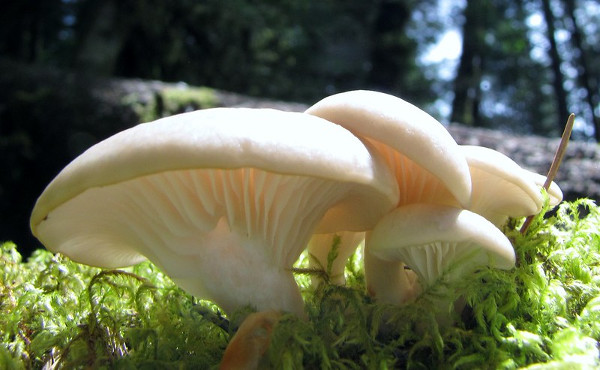
This flexibility allows enthusiasts to explore the outdoors whenever they wish, whether it’s a sunny spring day or a crisp autumn afternoon. The excitement of stumbling upon a patch of oyster mushrooms offers a unique connection to nature that can be experienced year-round.

